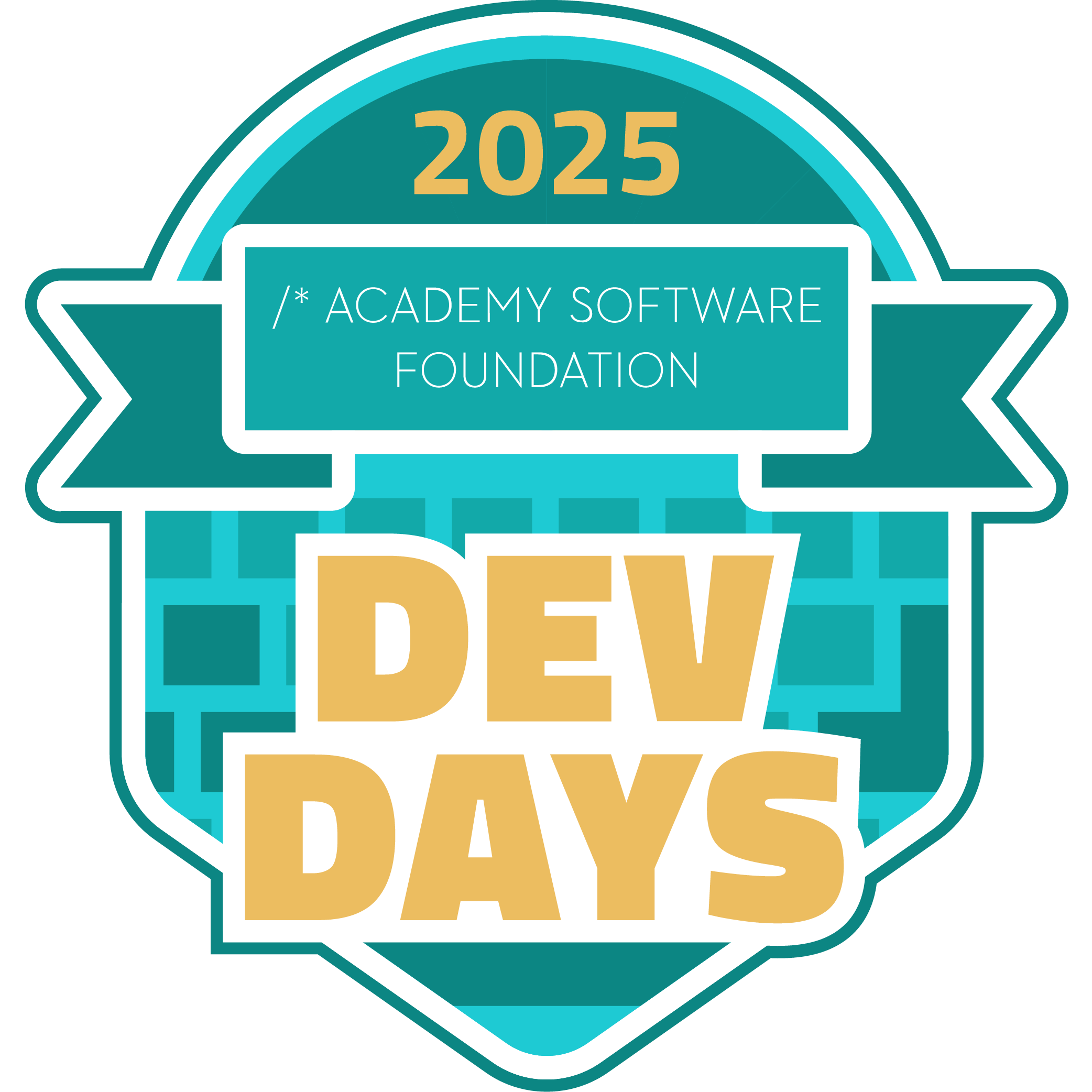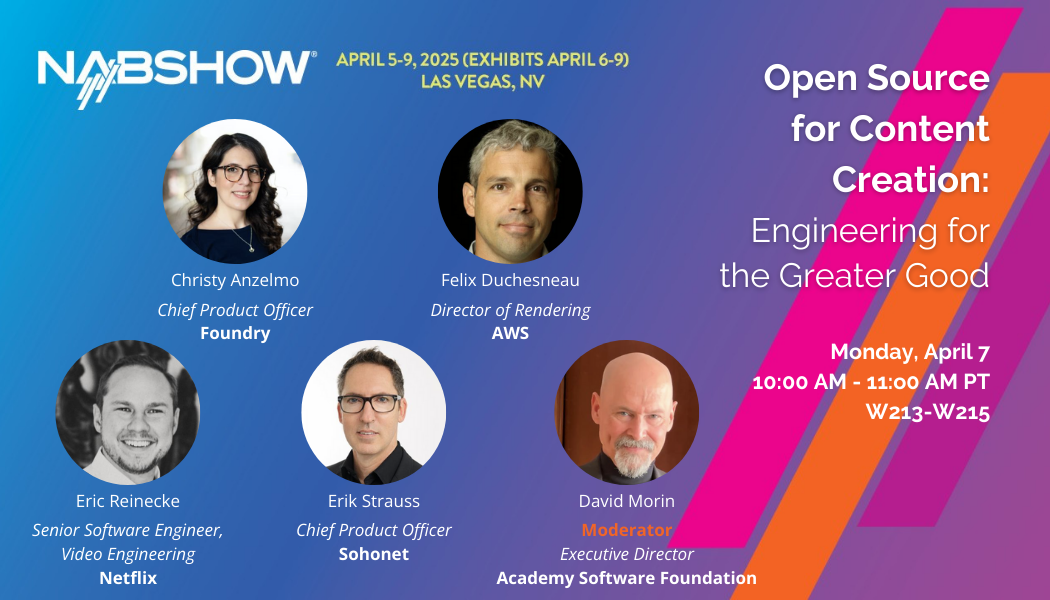Contributed by NVIDIA, NanoVDB allows for GPU acceleration of OpenVDB workflows such as ray tracing, filtering and collision detection.
The Academy Software Foundation (ASWF), a collaborative effort to advance open source software development in the motion picture and media industries, today announced that OpenVDB has adopted NanoVDB to enable faster performance, easier development, and GPU acceleration. Developed at NVIDIA by OpenVDB inventor Ken Museth, NanoVDB will be maintained by the OpenVDB community going forward.
OpenVDB is an industry standard library for manipulating sparse dynamic volumes, which are used by VFX studios for creating realistic volumetric images such as water/liquid simulations and environmental effects like clouds and ice. It has been used on films and shows including Frozen 2, Fantastic Beasts: The Crimes of Grindelwald, Stranger Things, and How to Train Your Dragon: The Hidden World.
Highly customizable and designed for high performance, OpenVDB has been adopted by Houdini 3D Animation Tools, Pixar’s RenderMan, Solid Angle’s Arnold, and RealFlow, among many other visual effects and animation technologies.
“OpenVDB’s decade of success has always been limited by its inability to leverage the computational advantages offered by modern GPUs,” said Ken Museth, Senior Director in Simulation Technology at NVIDIA and Chair of the OpenVDB Technical Steering Committee (TSC). “NanoVDB opens the door to real-time applications of certain VDB workflows. While the initial focus of NanoVDB is real-time rendering, we’re confident its adoption marks a new and exciting era for the OpenVDB project as it finally taps into the potential of GPUs.”
NanoVDB allows for GPU acceleration of OpenVDB workflows such as ray tracing, filtering and collision detection, while maintaining compatibility with the core OpenVDB data structure and existing pipelines. It has no external dependencies, works with different graphics APIs including CUDA, OptiX, OpenCL, OpenGL, and DirectX, and supports both voxel and point data. NanoVDB is open source and available for download on the OpenVDB GitHub.
“OpenVDB is a large part of our VFX pipeline. NanoVDB offers exciting new potential for asset storage, simulation and rendering. It allows us to design more GPU-tailored VDB tools for faster and more responsive artist workflows,” said Nick Avramoussis, FX R&D Programmer at DNEG and member of the OpenVDB TSC. “We’re excited to investigate how NanoVDB can be combined with OpenVDB AX to provide an artist-friendly interface for customizable GPU kernels throughout our pipeline.”
The OpenVDB community has also released OpenVDB Version 7.1. Highlights of the release include:
- New fast sweeping methods that outperform existing techniques for computing signed distance fields in addition to supporting velocity extension;
- Various improvements and bug fixes to core library and Houdini toolkit;
- Removed dependency on boost mpl and boost thread;
- Improvements to the CMake build system.
The OpenVDB TSC will share more details about NanoVDB and the OpenVDB roadmap later today during Open Source Days, a free, virtual event hosted by the Academy Software Foundation. Anyone interested in attending can register at aswf.io/opensourcedays and join the OpenVDB session on Thursday, August 20 at 12:00 pm PT.
###
About Academy Software Foundation
Developed in partnership by the Academy of Motion Picture Arts and Sciences and the Linux Foundation, the Academy Software Foundation was created to ensure a healthy open source community by providing a neutral forum for open source software developers in the motion picture and broader media industries to share resources and collaborate on technologies for image creation, visual effects, animation and sound. The Academy Software Foundation is home to OpenVDB, OpenColorIO, OpenEXR, OpenCue, OpenTimelineIO, and Open Shading Language. For more information about the Academy Software Foundation, visit https://www.aswf.io/.
Media Inquiries
Emily Olin
Academy Software Foundation




